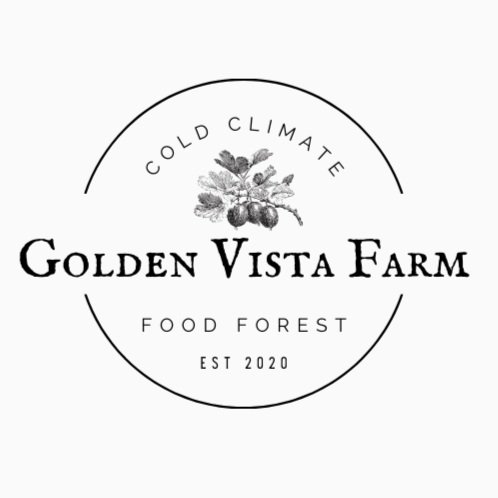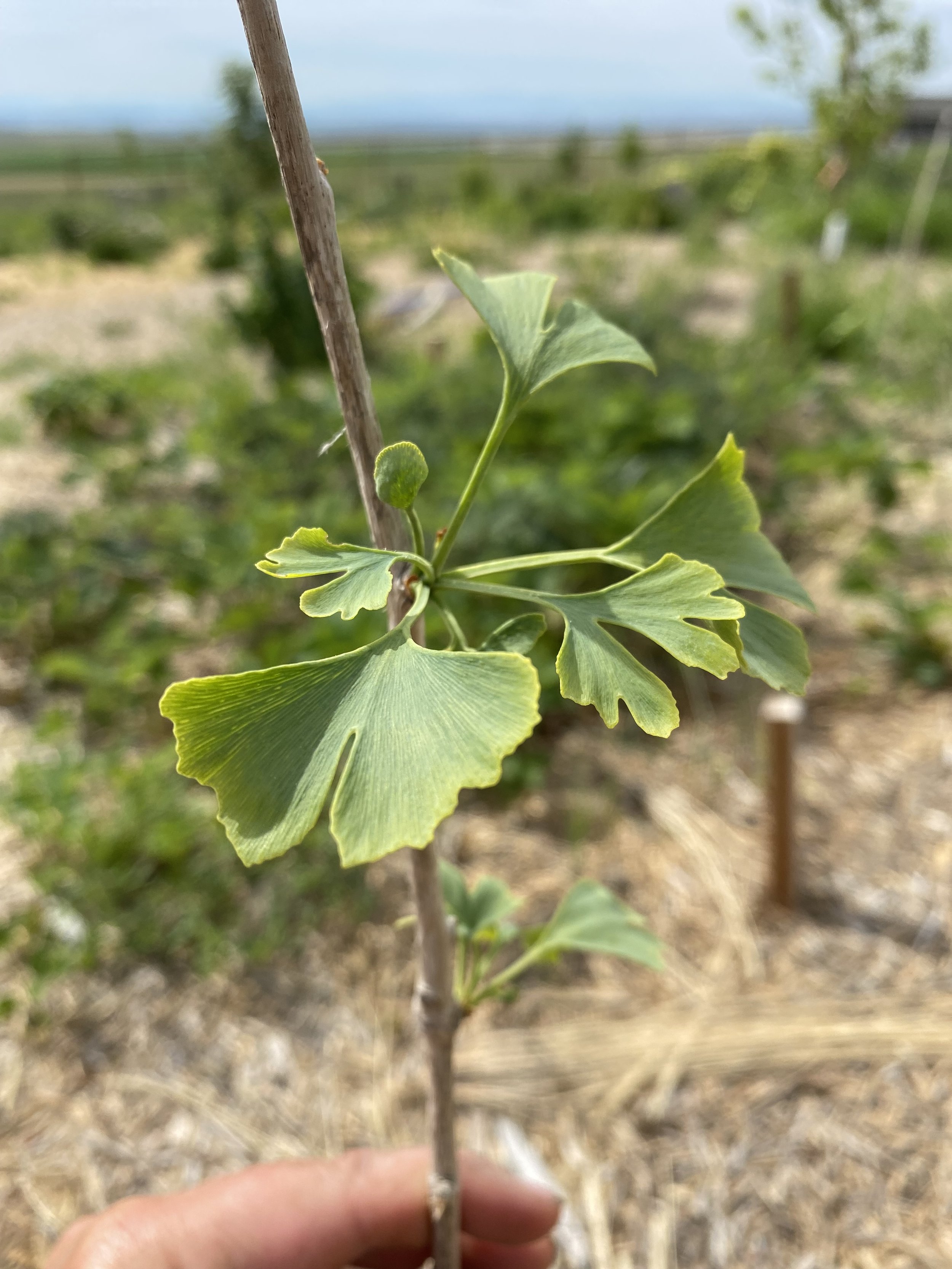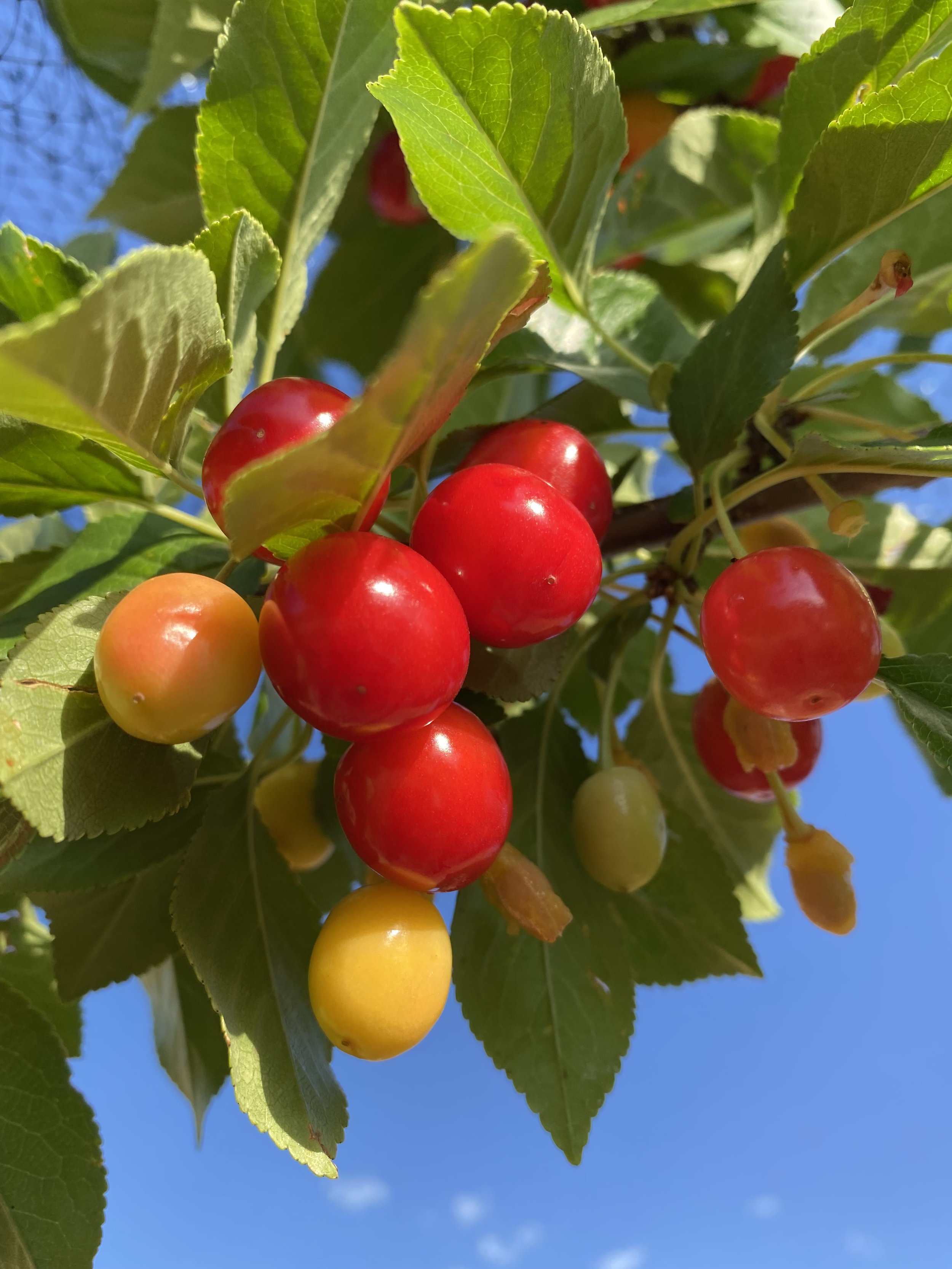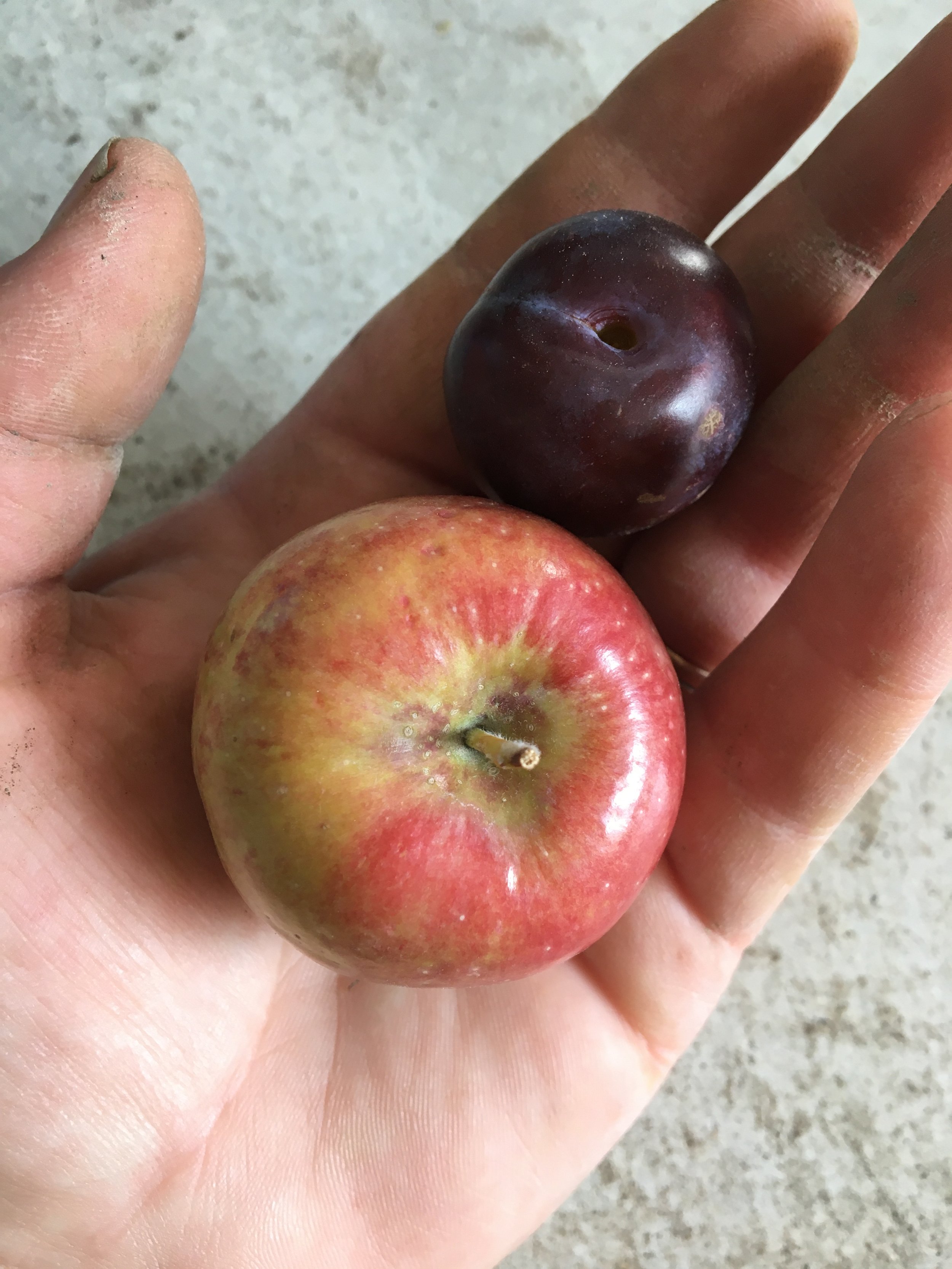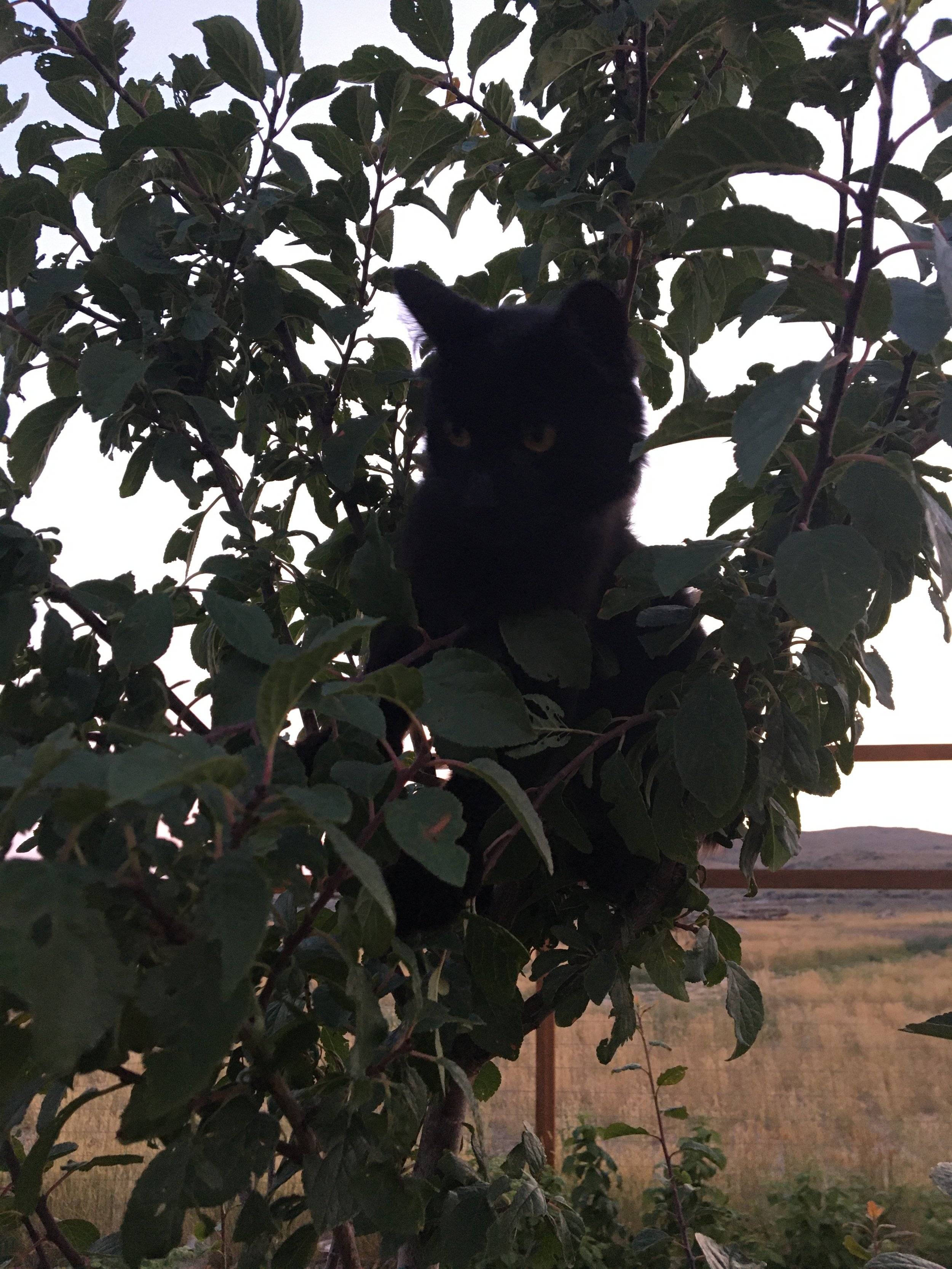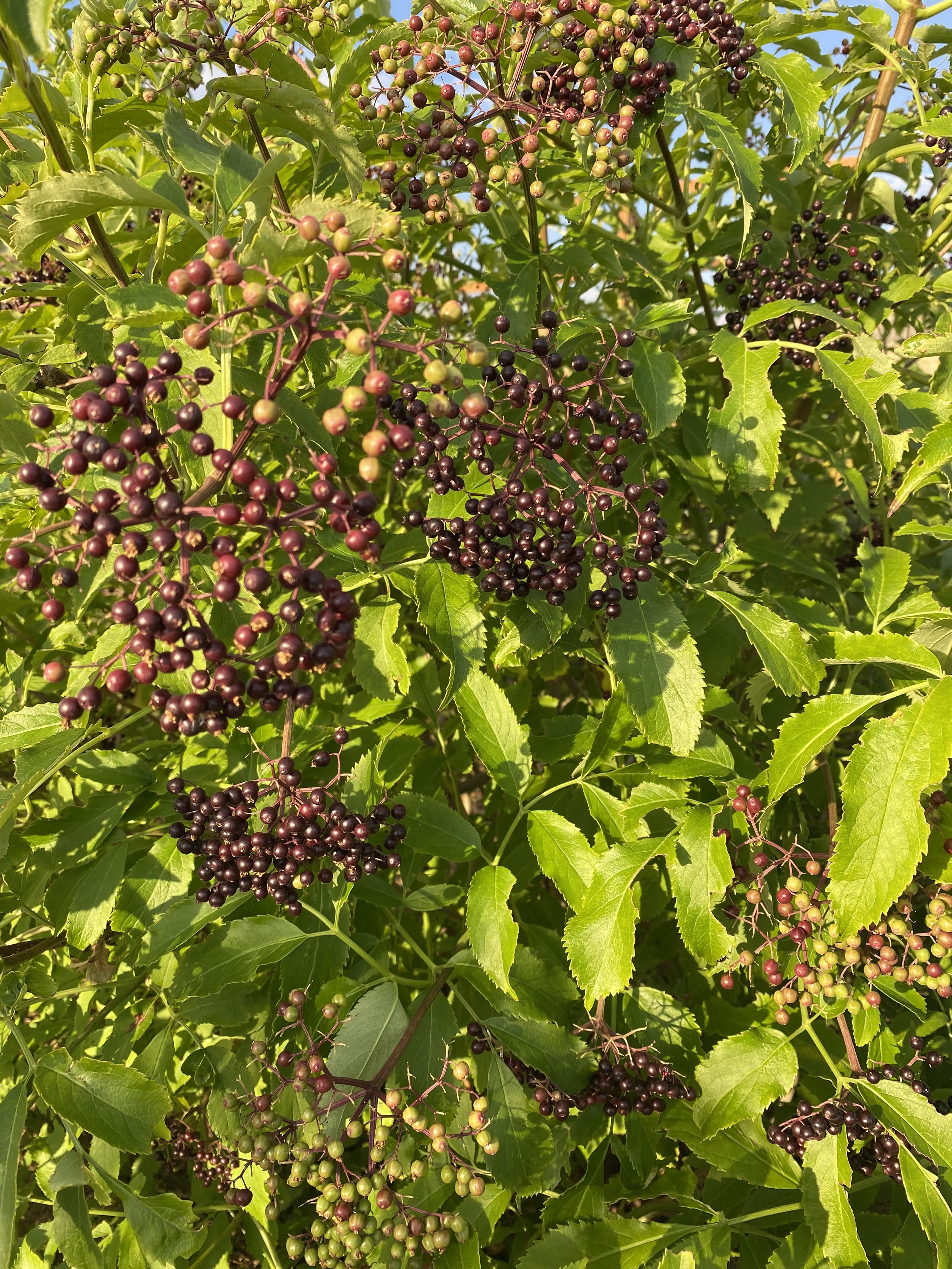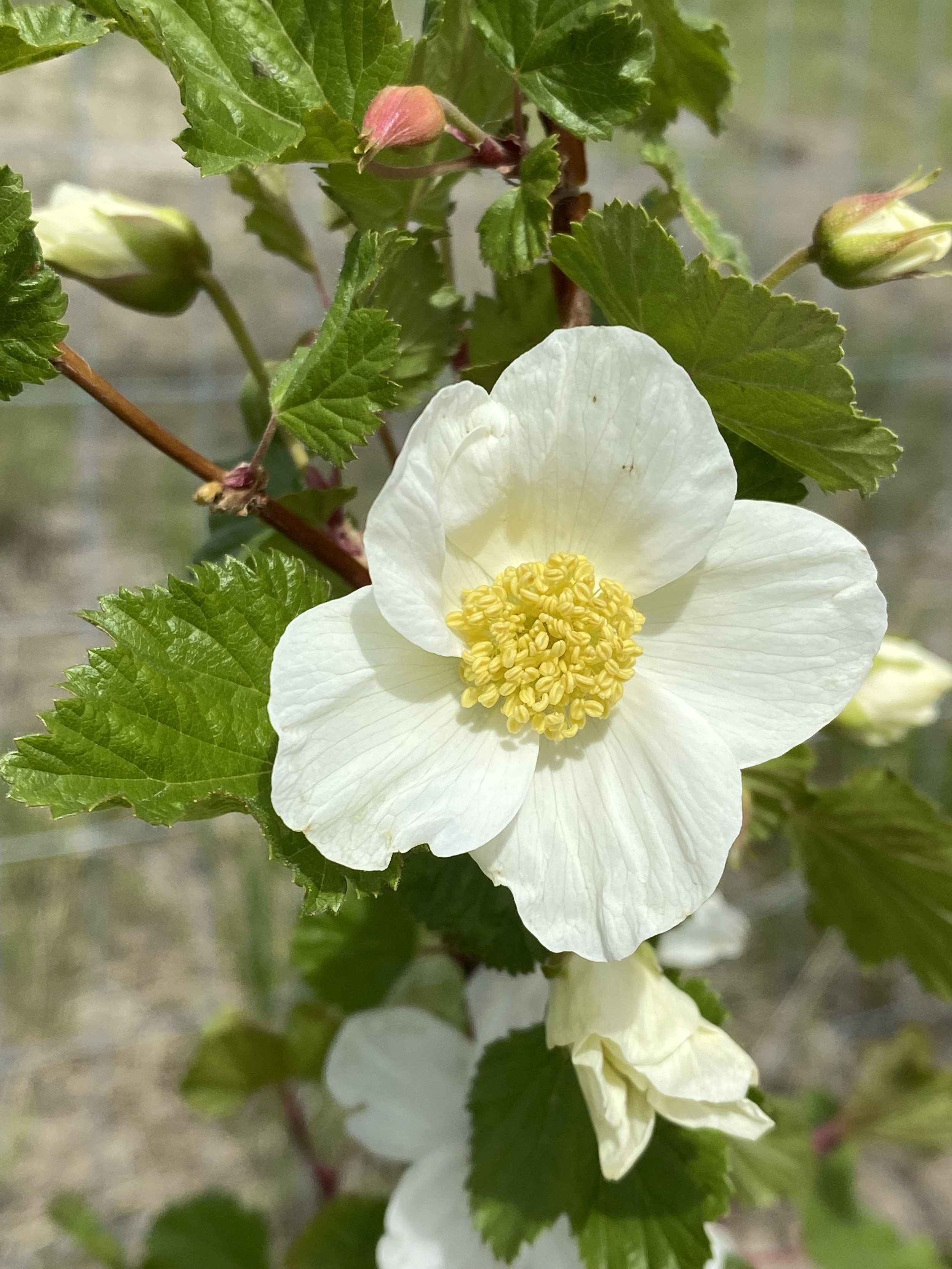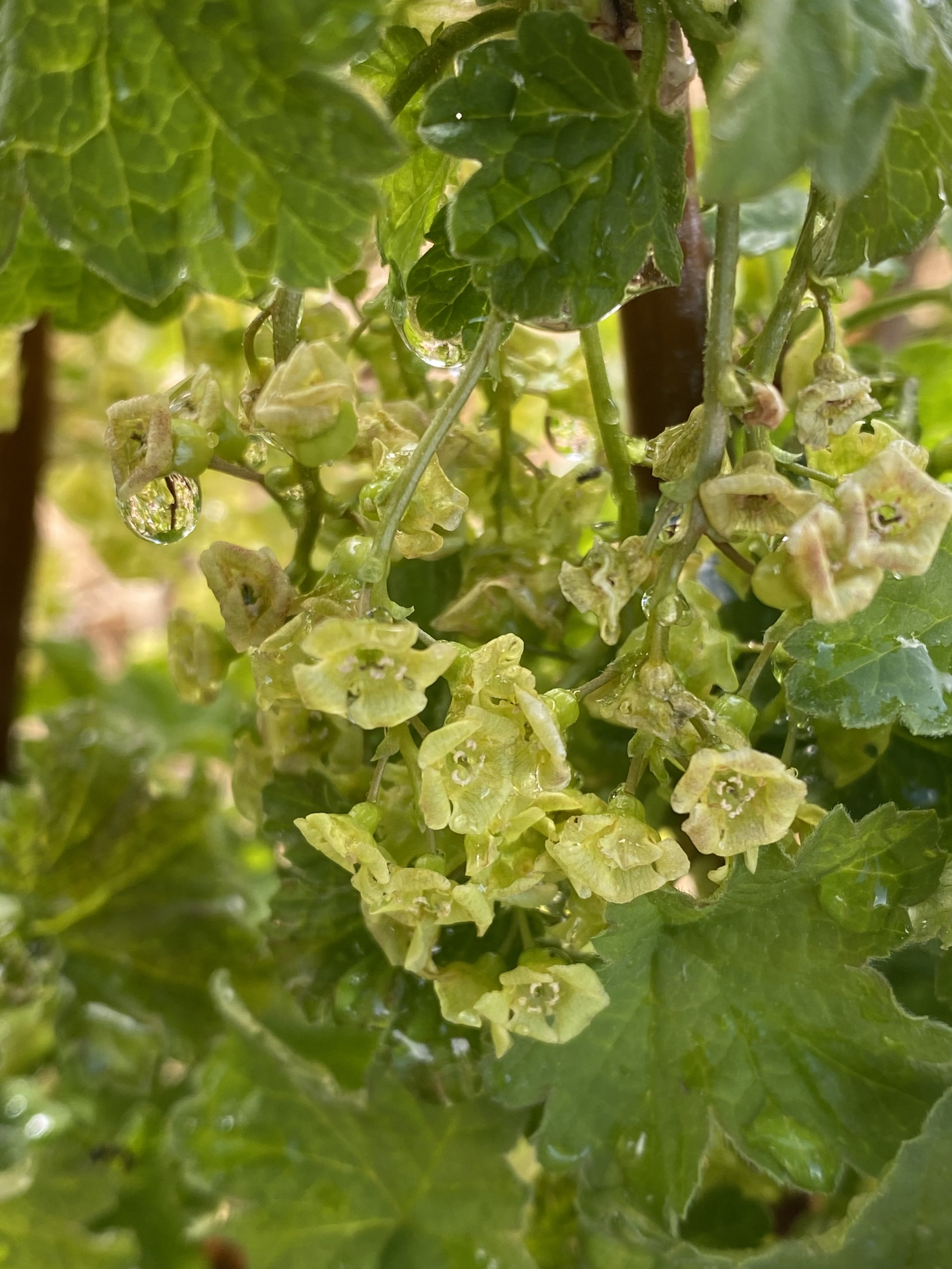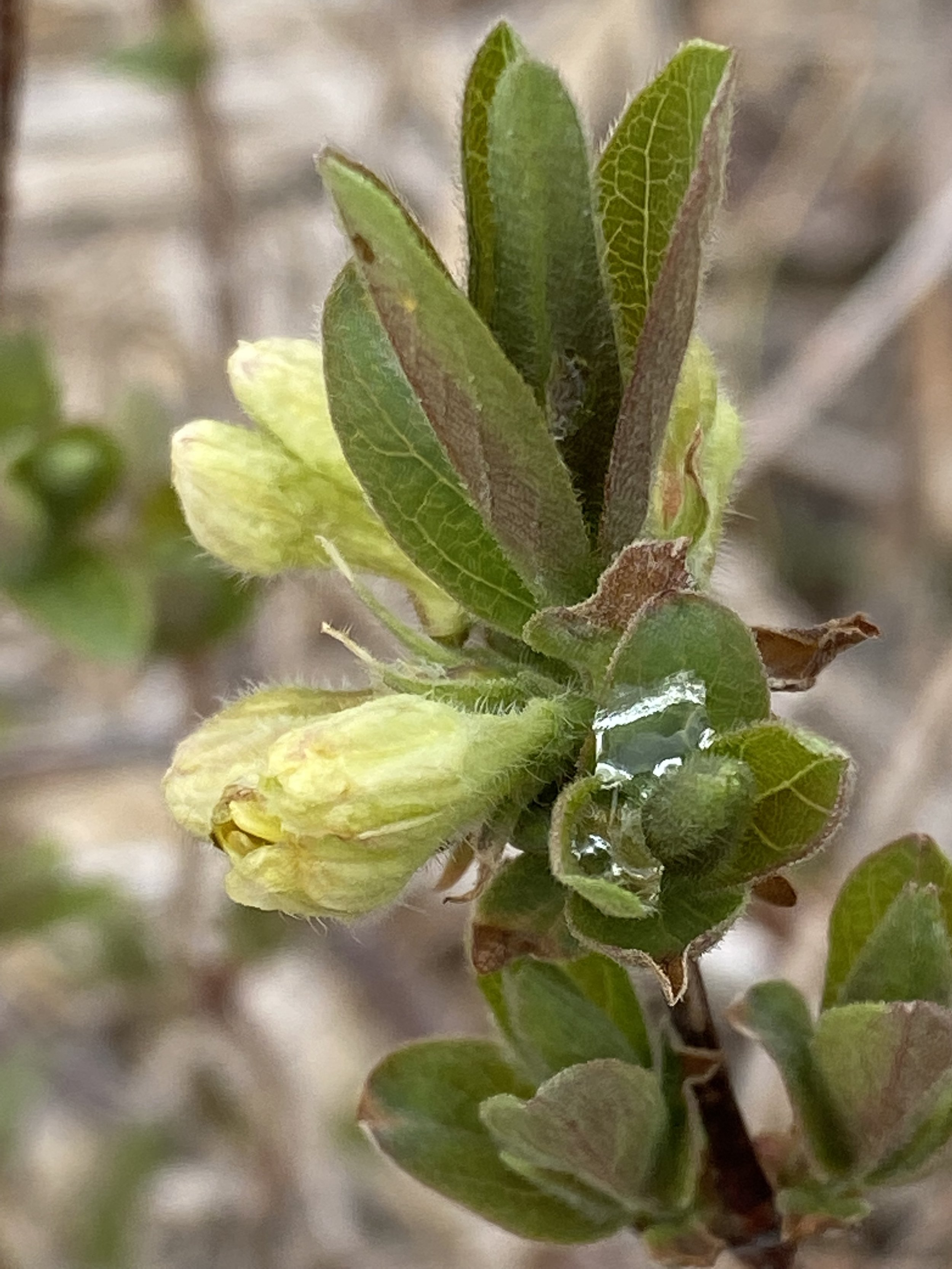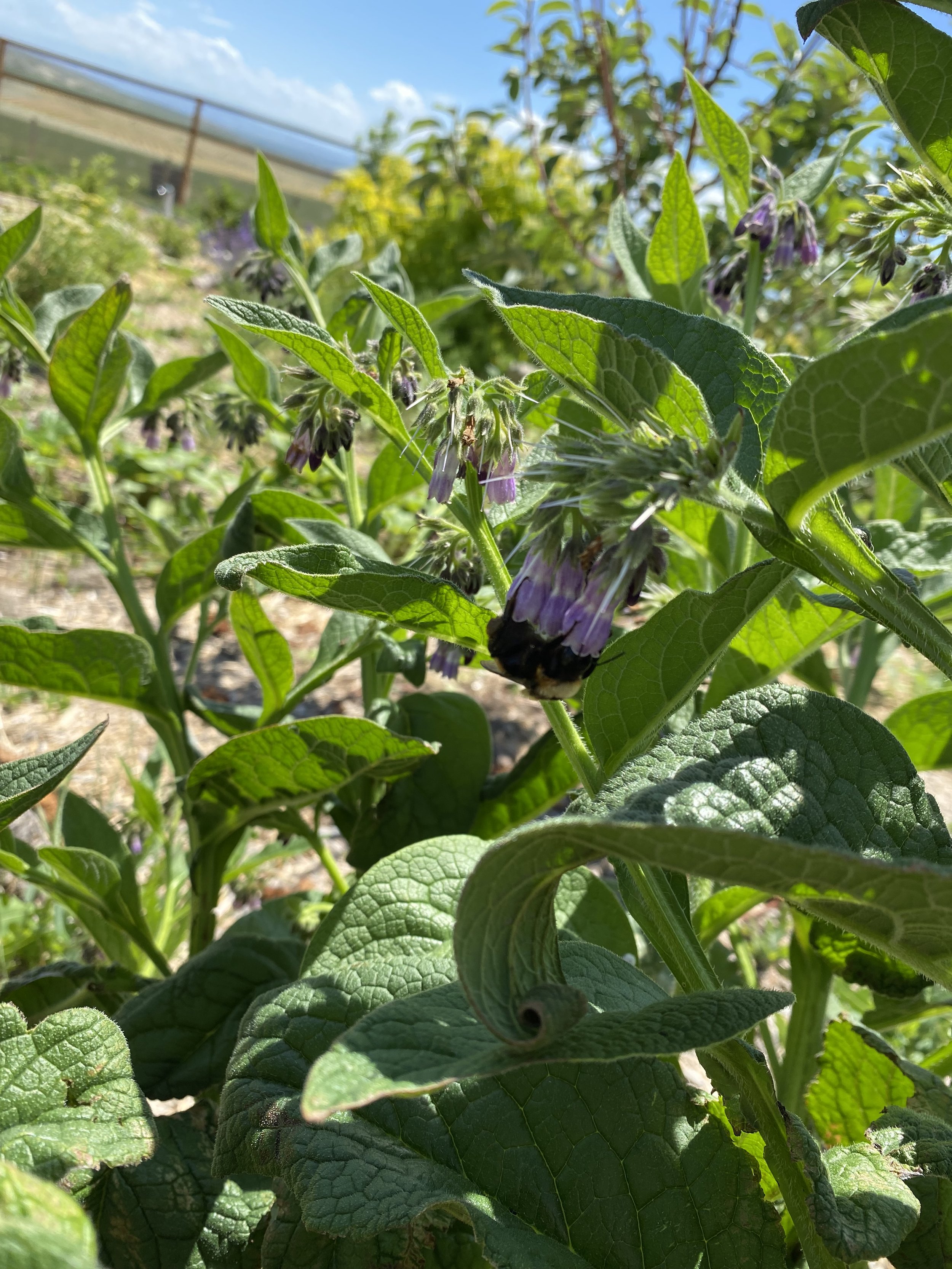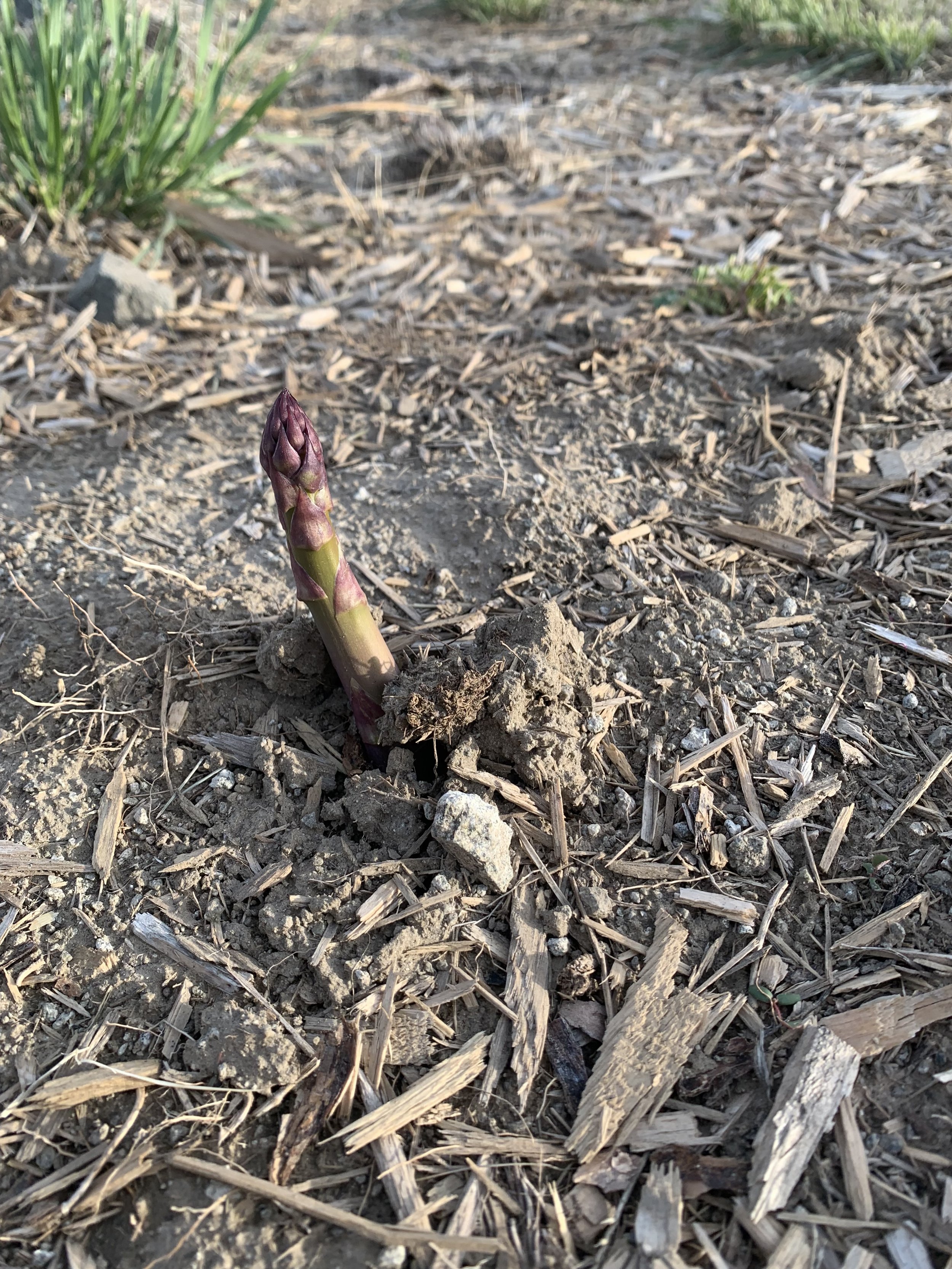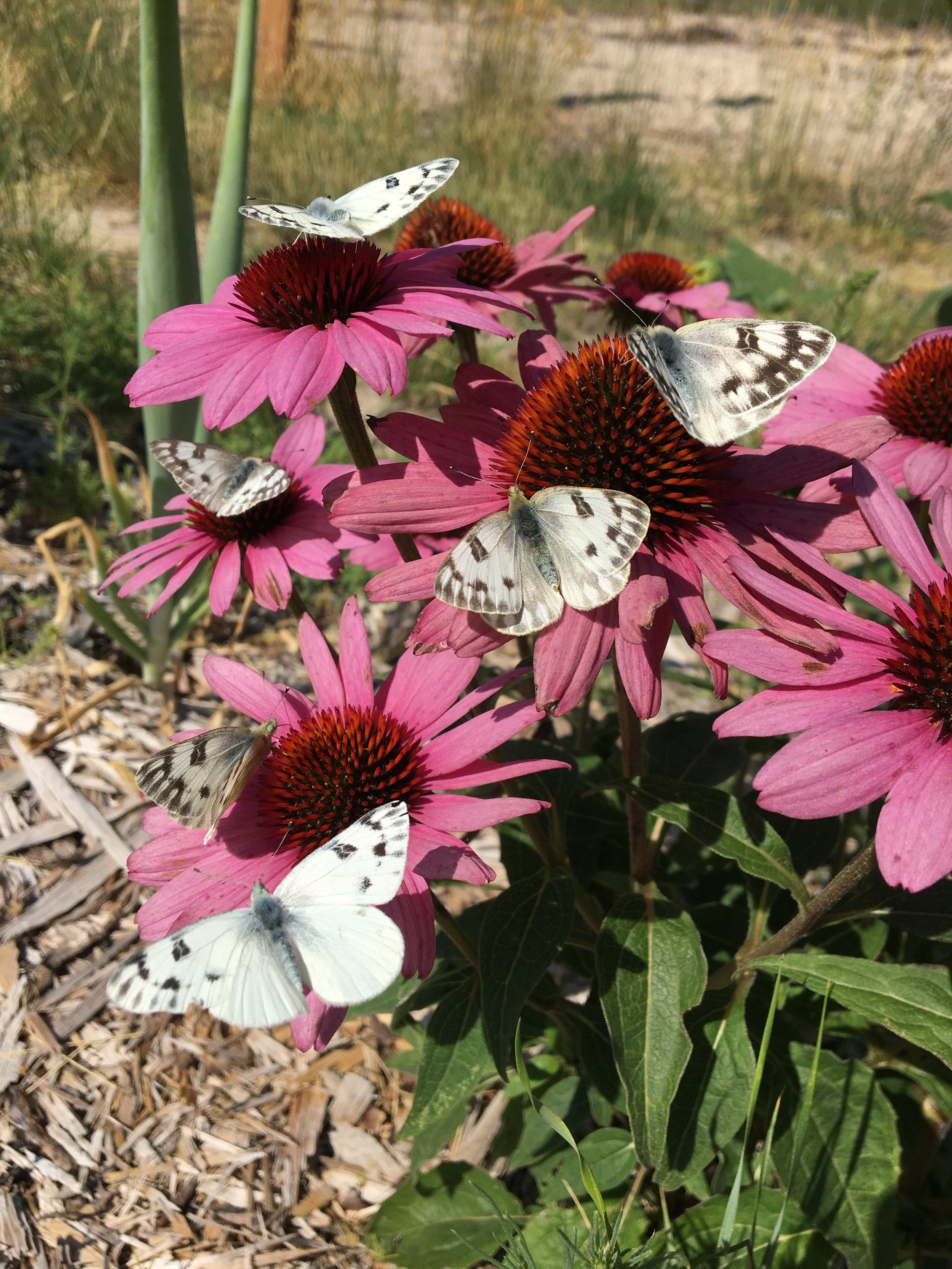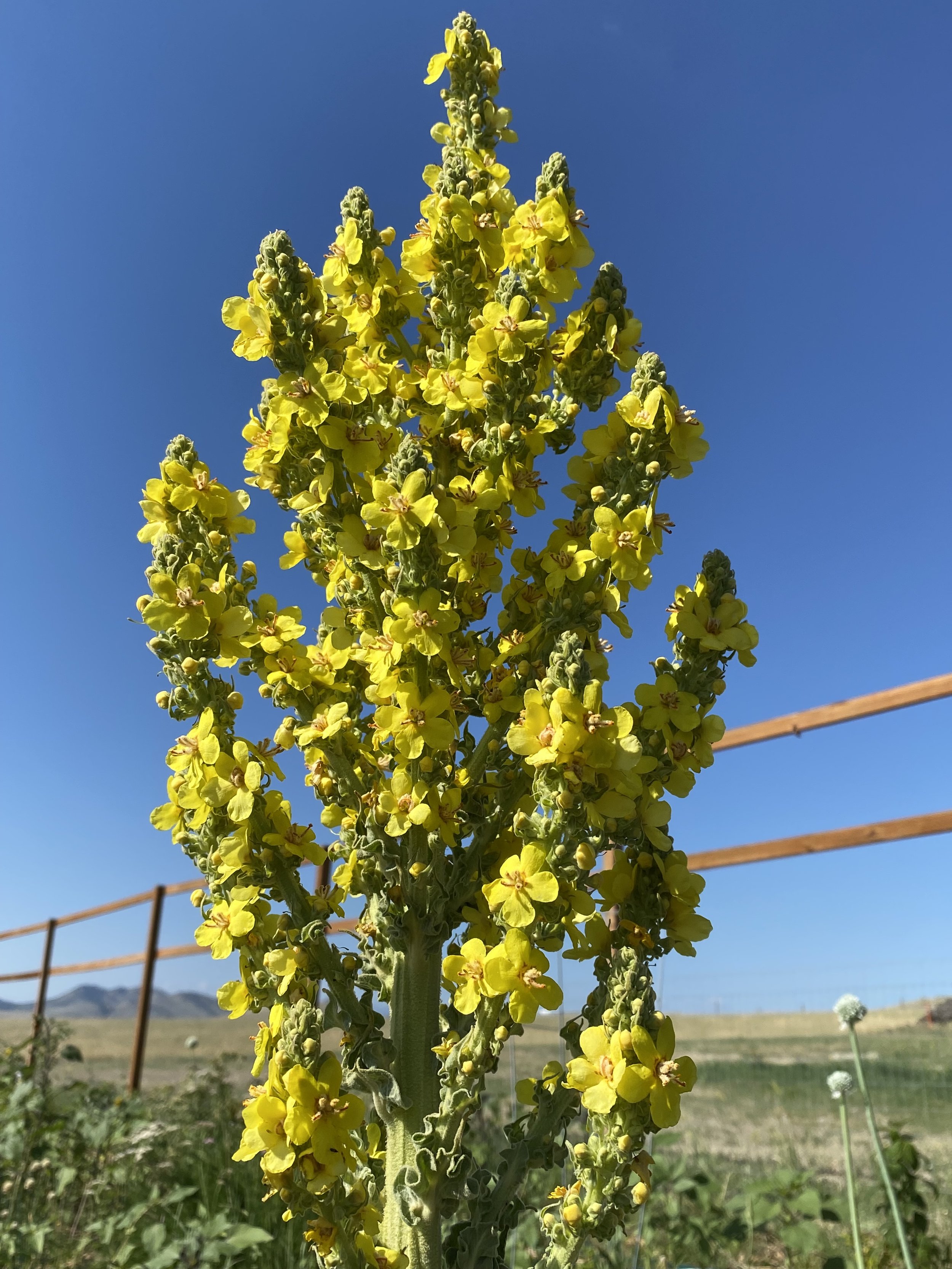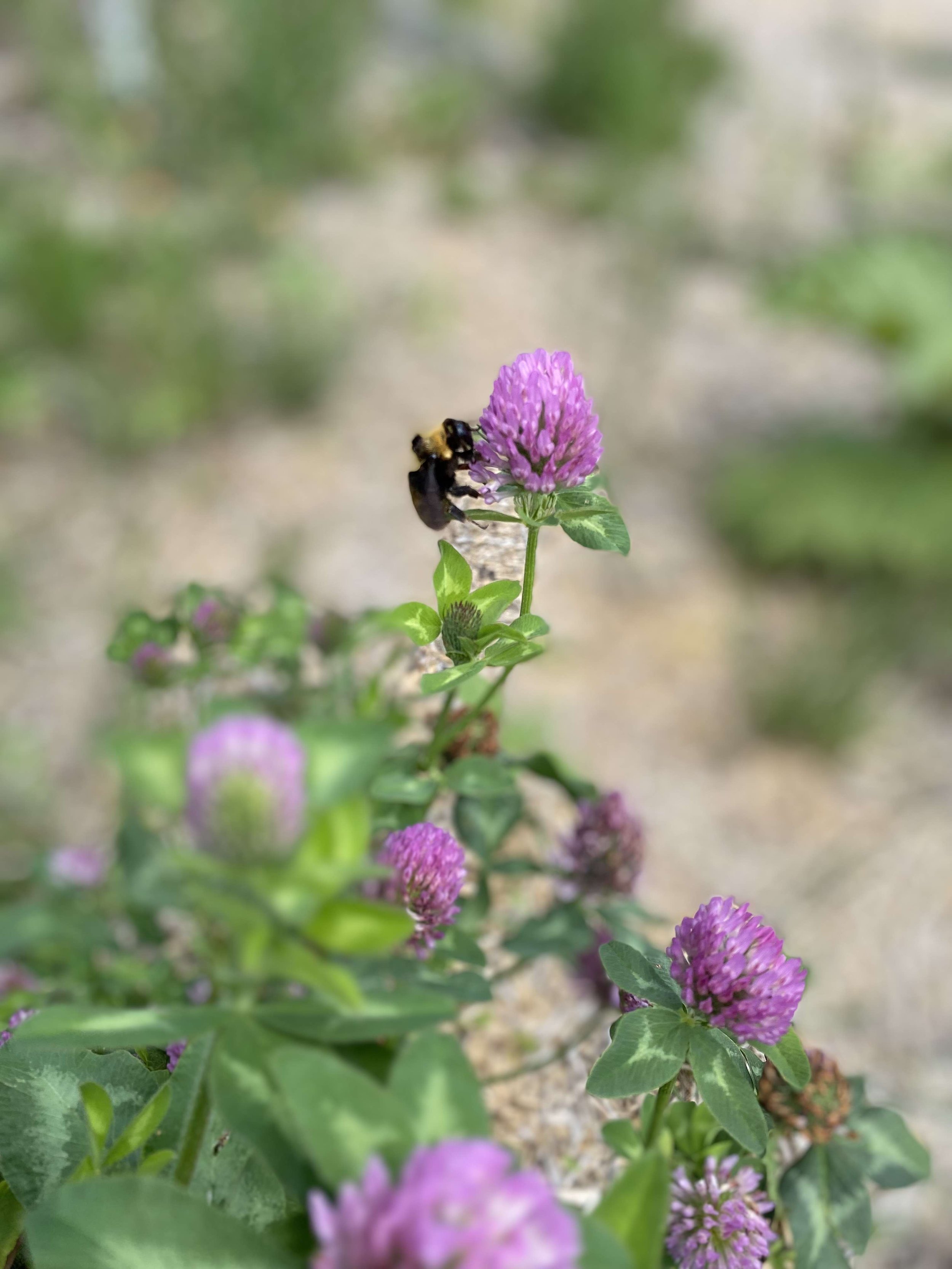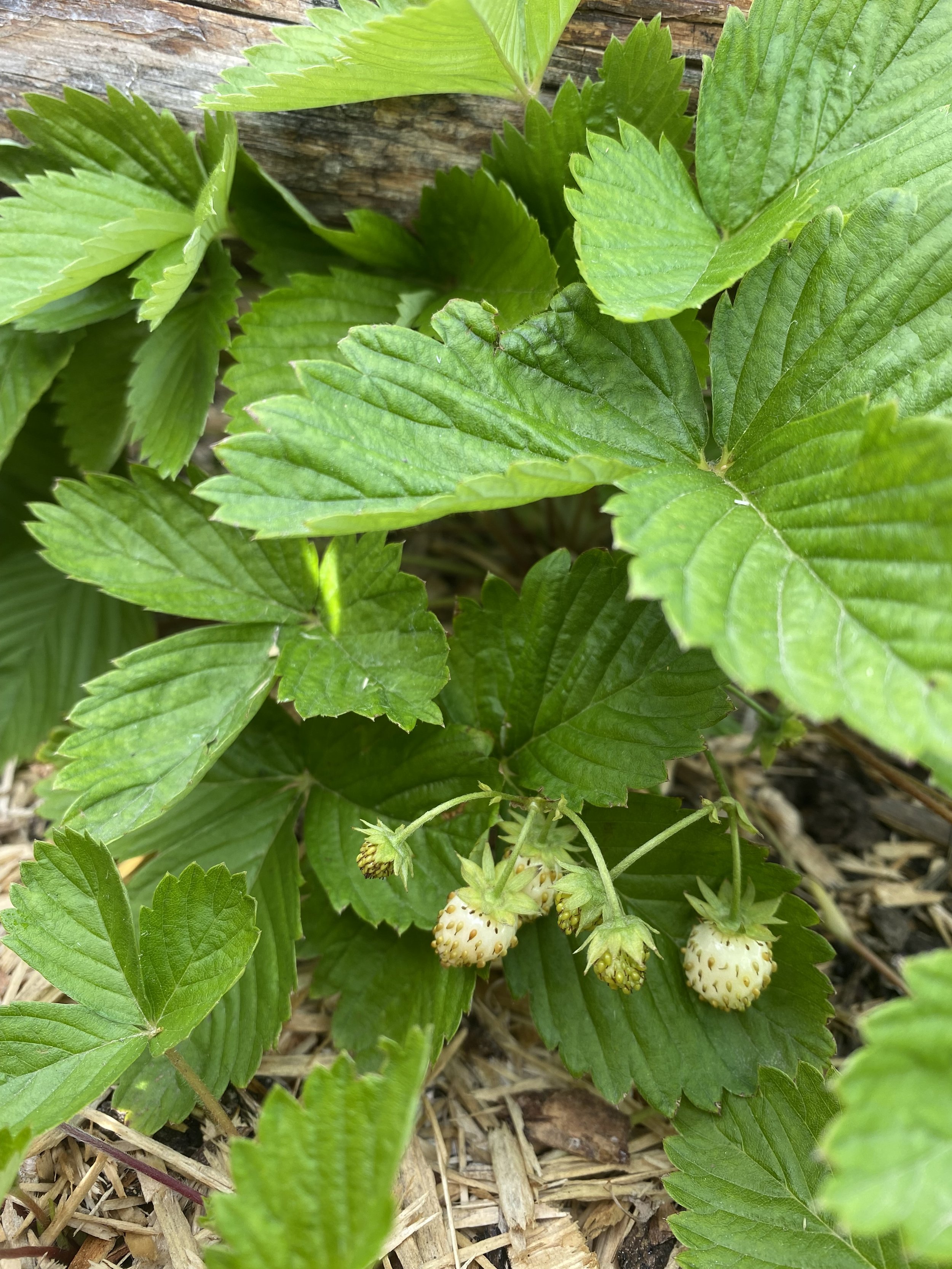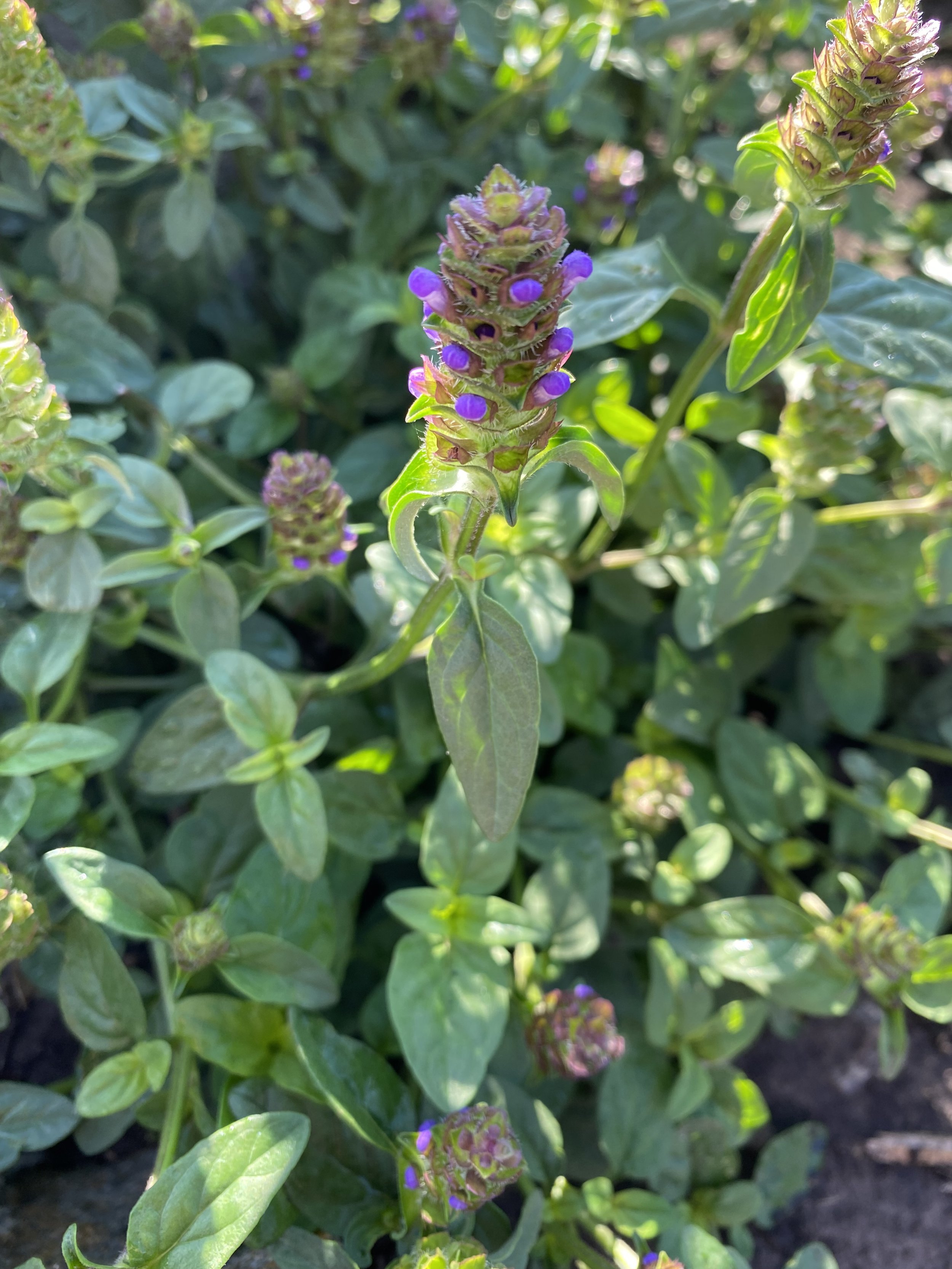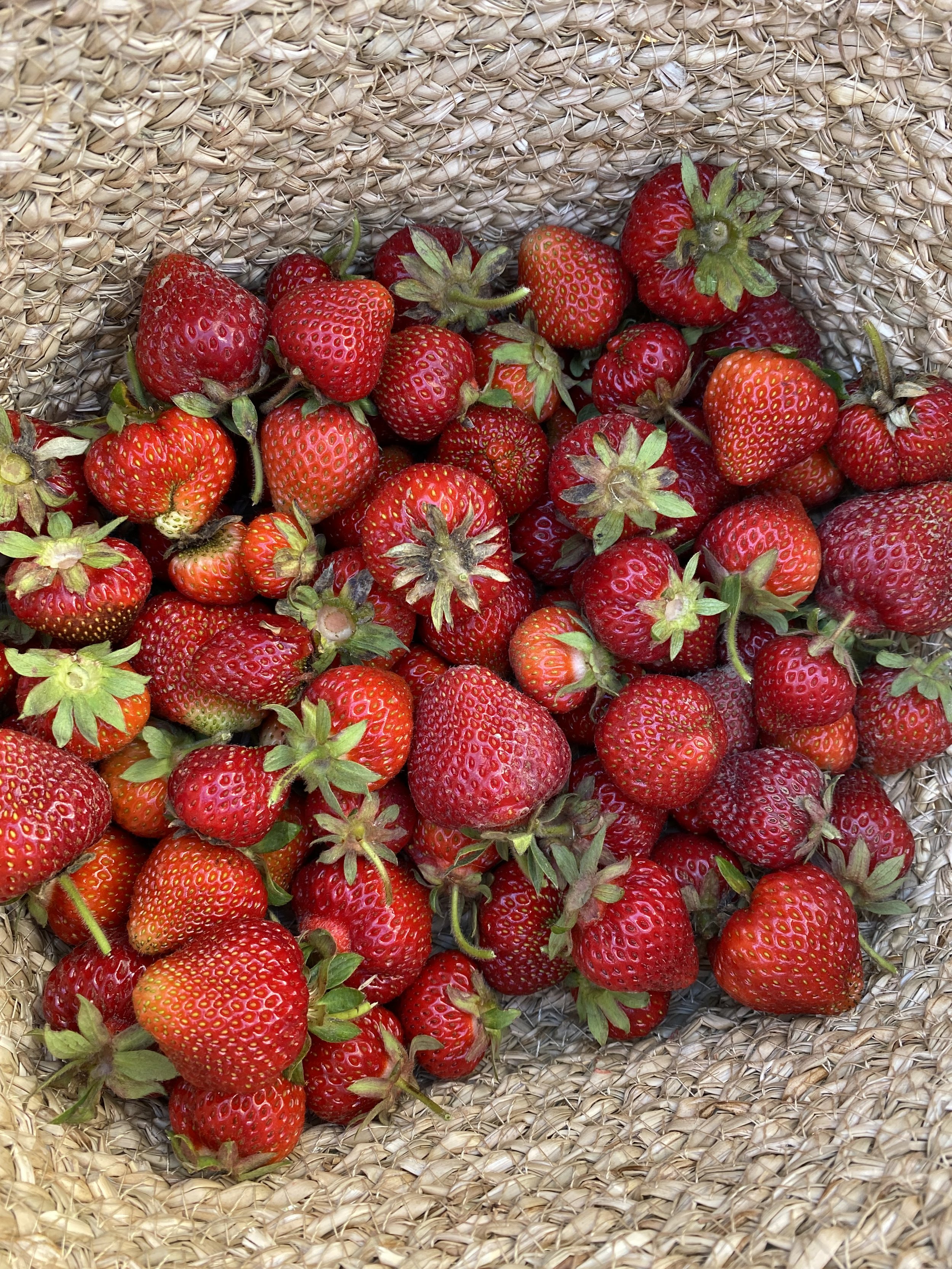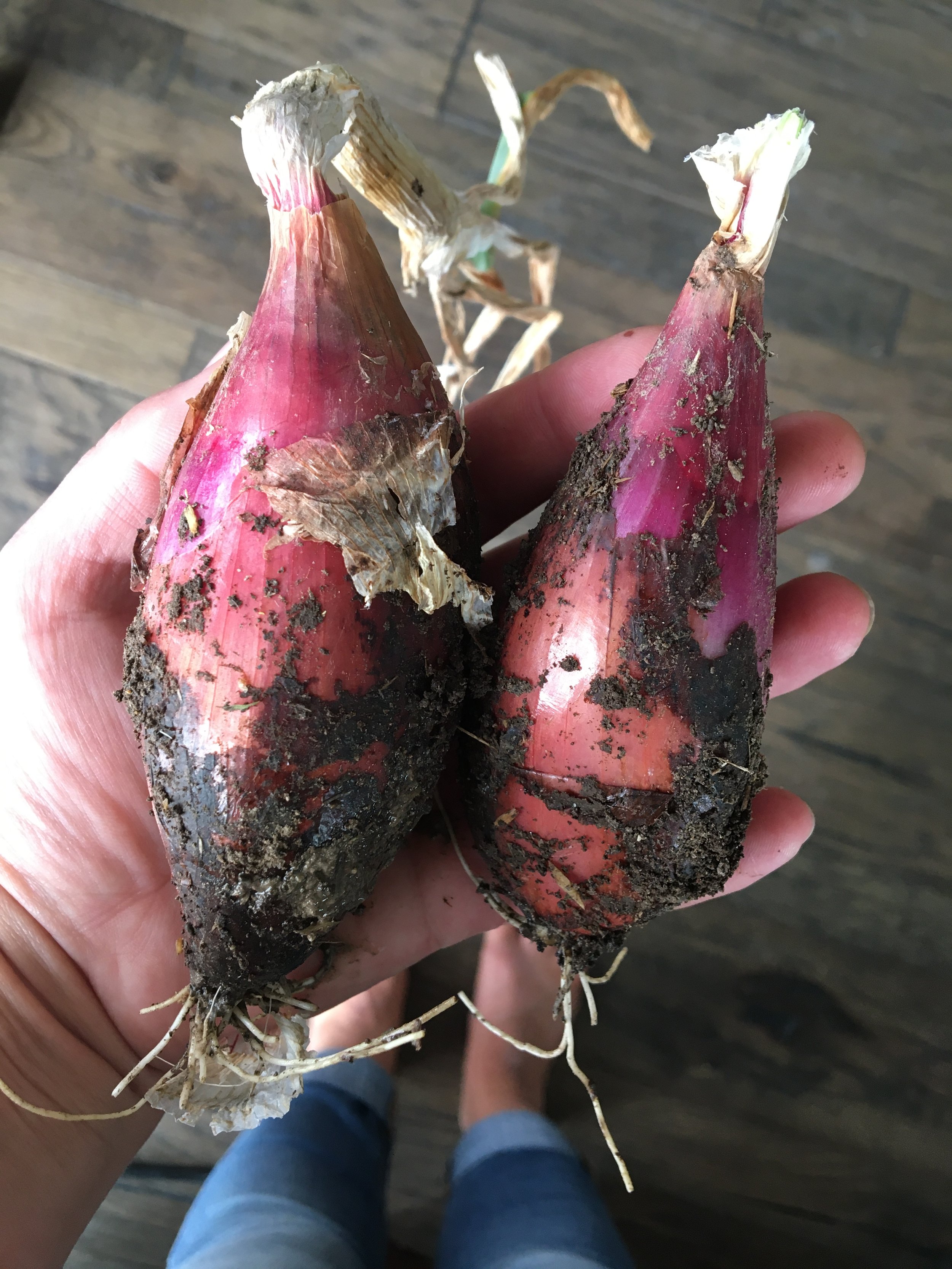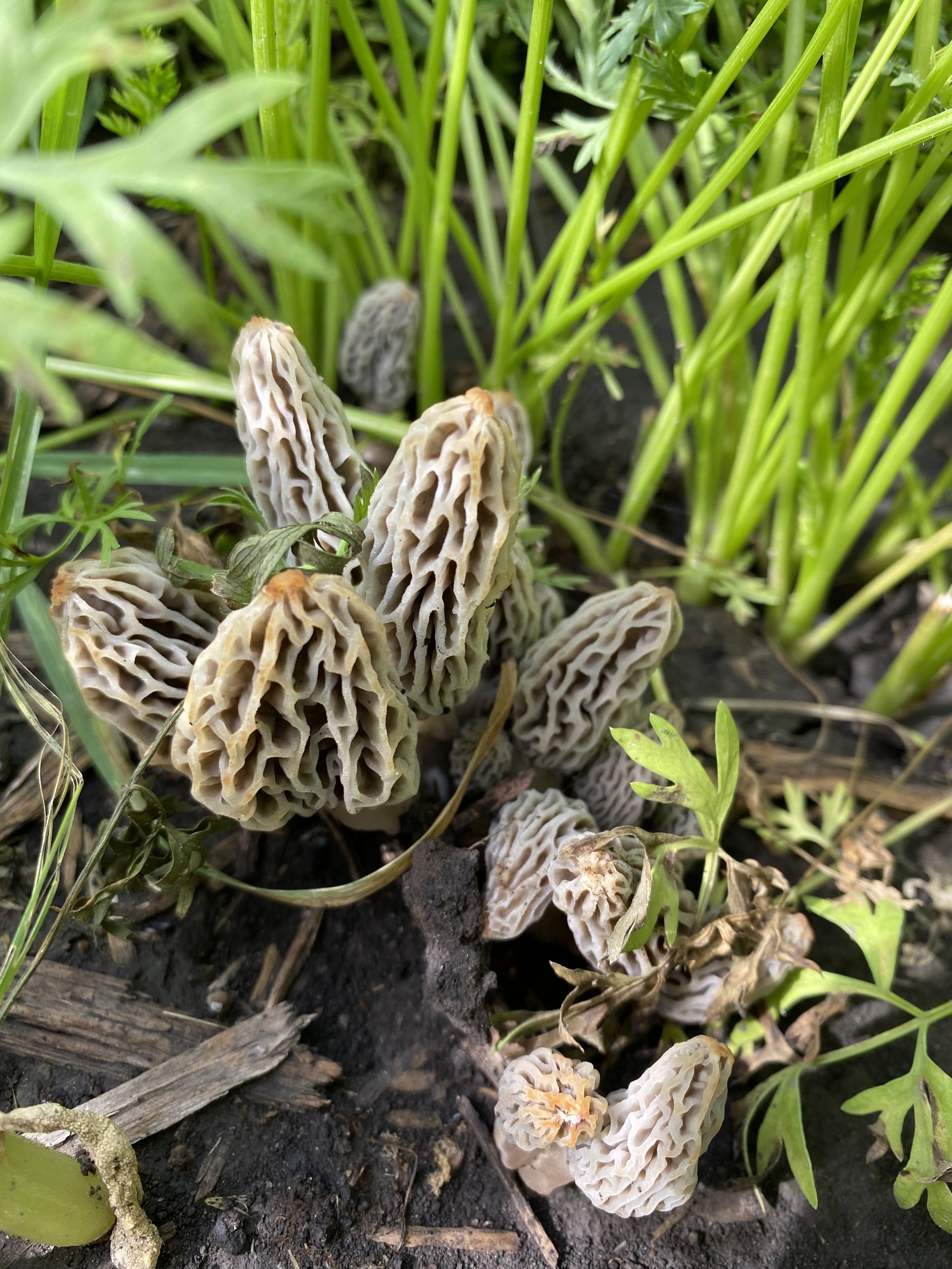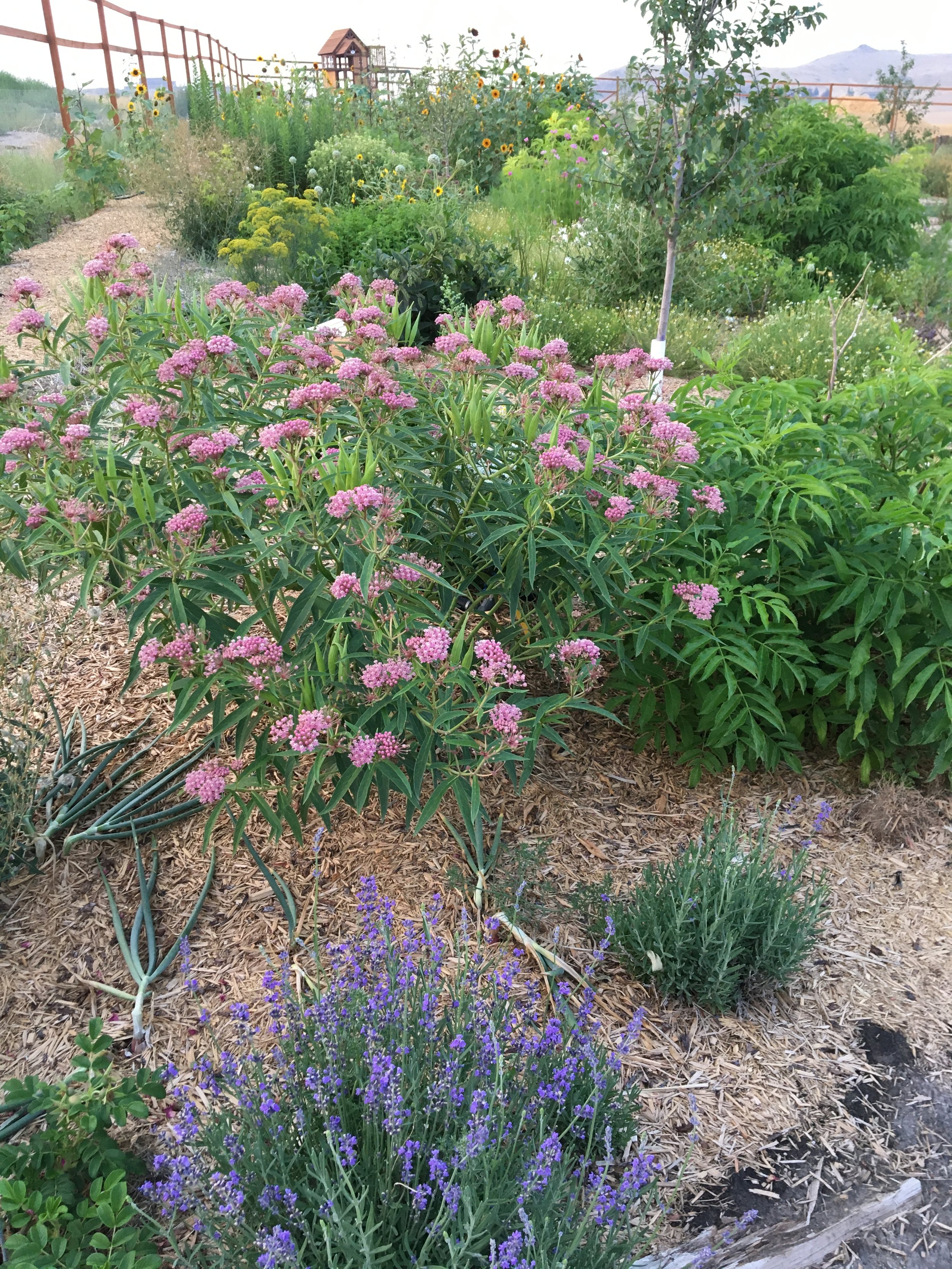Plants in Our Cold Climate Food Forest
This spring will be the start of our 5th year for our 1/2 acre food forest. Year 3 is when we saw the most noticeable growth and really started to fill in. Last year was another great year and from here I’m hopeful it will just grow by leaps and bounds. For those who don’t know, we started from (literally) bare earth. Dry, a bit desolate, and definitely lacking in soil health. We are slowly building it up one season at a time. It’s been so much intense work, but absolutely worth it. We are doing our best to use permaculture principles to build a forest-like garden that mimics that of an actual forest—including layers and a diverse selection of plants that all work together in a number of ways.
I am sharing what we’ve planted in our garden for your inspiration. I certainly found it helpful to see what others were growing in their food forests and to see what was possible when we first started out. As you read through this list please don’t think this is an exhaustive list of what can be grown in a food forest. The skies the limit. And I’m confident that as time goes by we will lose some of these plants and gain other ones. It’s all part of the process of building a forest garden. Also, because of different climates, humidity, rainfall, soil, and a hundred other reasons, the plants that succeed for me may not for you and vice versa. The more you know about your own climate, soil, weather patterns, wind, sun exposure, etc. the better off you’ll be in the long run. It will be some of the most valuable information you can gather before building a food forest.
For reference, we live in a zone 4b-ish. I’m hopeful we’re in a microclimate and actually be a 5a, but only time will tell. Our growing season is roughly 110-120 days. We average 12 inches of rainfall per year so we rely heavily on deep mulch in our food forest. We have a well which is what we use for watering all our plants. Eventually we are hopeful that supplemental watering will be minimal once the plants are more mature and well established. We did put in several large berms to help hold the runoff water. At some point we would love to build some sort of pond, but that’s an undertaking we’re not quite ready for. Plus, we happen to be in rattlesnake territory and would rather not attract more snakes to our land with a pond. Our soil has very good drainage, is mostly clay, and extremely alkaline so growing crops like blueberries is out for us since we do not want to alter our soil with additives.
I would also like to note that we don’t really differentiate between the canopy and sub-canopy layers. For a brief explanation of the 7 layers of a food forest check out this post here.
Canopy/Sub-Canopy Layer
Apple Trees: Goodland, Sweet Sixteen, Red Baron
Chokecherry
Ginkgo Biloba
Korean Nut Pine
Mulberry: Illinois, wild ones dug from my parents property
Pear Trees: Ure, Golden Spice
Plum Trees: Mount Royale, Toka
Tart Cherry: Evans Bali, Montmorency
Shrub Layer
Boysenberry
Buffaloberry
Bush Cherries: Romeo, Nanking, Sandcherry
Currants: Consort Black, Red Lake, Pink Champagne, Indian
Elderberries: Adams, Johns, Nova, York, Blue
Gooseberries: Pixwell, Captivator
American Hazelnut
Shagbark Hickory
Honeyberry: Aurora, Boreal,
Jostaberry
Juneberry
Lilac
Oregon Grape
Raspberries: Heritage, Fall Gold, Boyne, Black
Rose: Rosa Rugosa
Thimbleberries
Witch Hazel
Herbaceous Layer
Alfalfa
Anise Hyssop
Asparagus
Astragalus
Bee Balm
Black Eyed Susan
Blue False Indigo
Blue Vervain
Borage
Calendula
Catmint
Catnip
Chives
Clover
Comfrey
Daisies
Dill
Echinacea: Angustifolia and Purpurea
Elecampane
Evening Primrose
Feverfew
Garlic Chives
German Chamomile
Goldenrod
Holy Basil
Horehound
Hyssop
Lavender
Lemon Balm
Lupines
Marjoram
Marshmallow
Milkweed
Motherwort
Mullein: Greek and wild
Plantain
Poppy
Rhubarb
Sage
Skullcap
St. John’s Wort
Sunflowers
Sweet Woodruff
Wild Ginger
Wild Lettuce
Wintergreen
Yarrow
Ground Cover
Dandelion
Lemon Balm
Mint: Spearmint, Lime, Peppermint, Chocolate
Oregano
Self Heal
Strawberries
Thyme
Violets
Roots
Egyptian Walking Onion
Garlic
Prairie Onion
Echinacea (I have this also listed under herbaceous layers, but technically you do use the roots as well)
Vines
We just planted grapes this year! Next year I’d love to add Arctic Kiwi.
Grape:
Mycelial/Fungal
As I said, we’re working on building soil health by using compost, deep mulch, chop and drop, etc. We’ve already found some mushroom species growing so I take that as a good sign we have some good things going on.
WHERE TO PURCHASE
I appreciate you taking the time to read my blog! By purchasing through one of my affiliate links you will not spend a penny more, but you are allowing me to receive a small commission. This allows me to keep posting great content for you. Thanks for your support! Read more here.
This company is where I purchase the majority of my seeds. Great selection of heirloom and/or organic seeds:
These are hands down my favorite seed starting trays and pots. These are heavy duty and don’t crumple when you pop your plants out! Definitely worth the investment in my opinion.
I haven’t purchased a whole lot from this company, but they have a pretty good selection of fruit trees, berry bushes, and nut trees.
